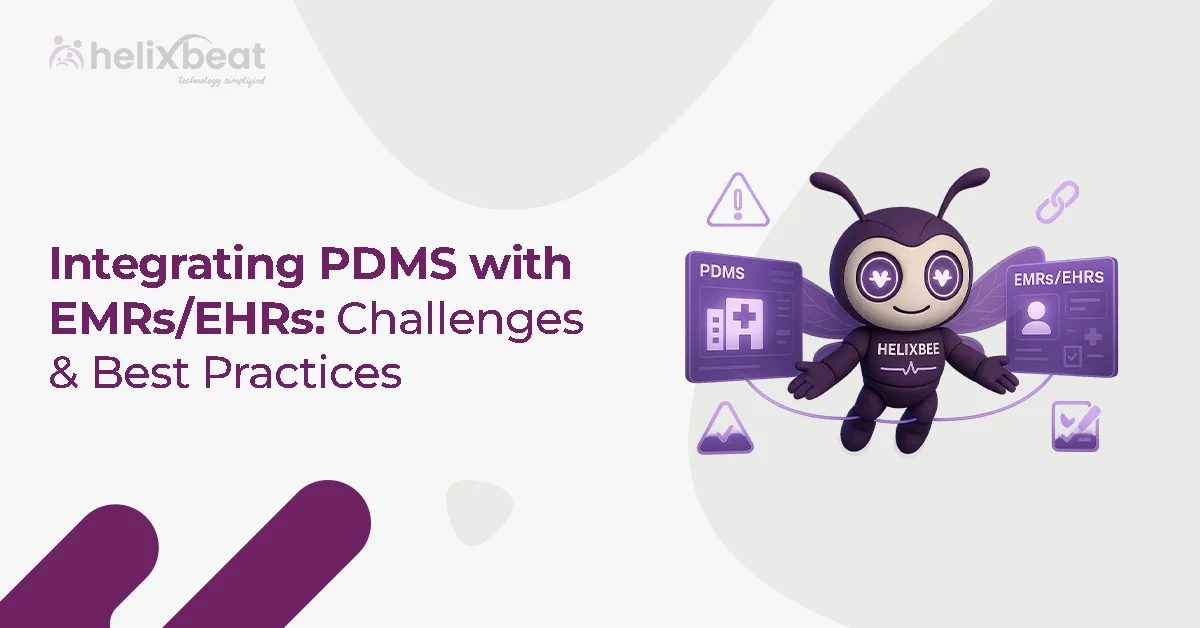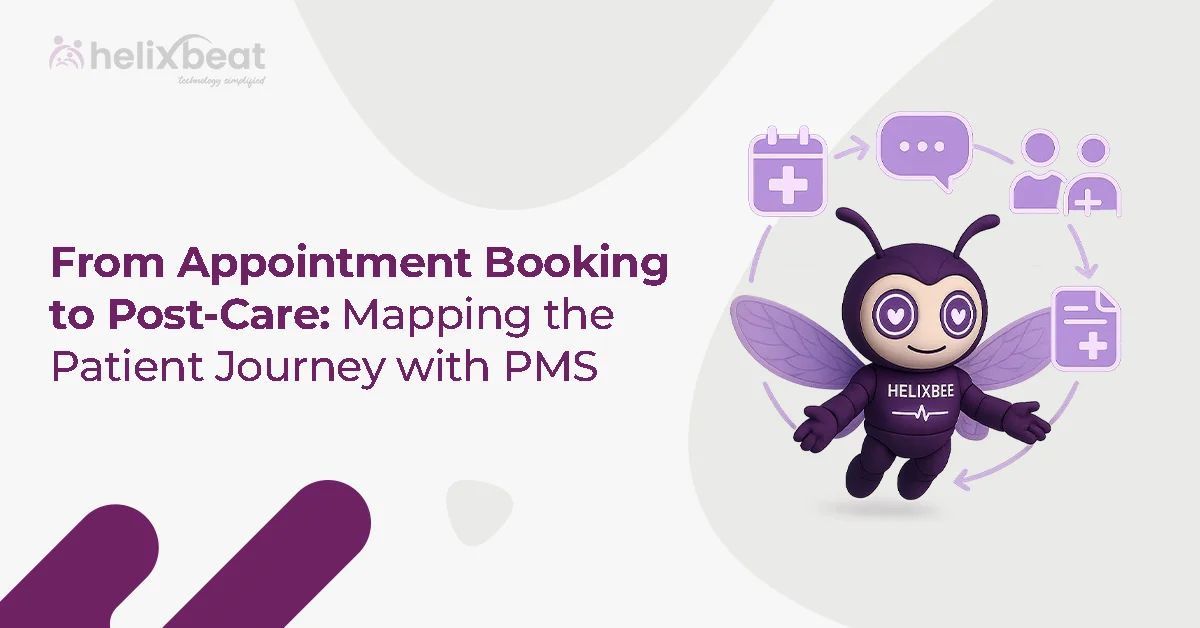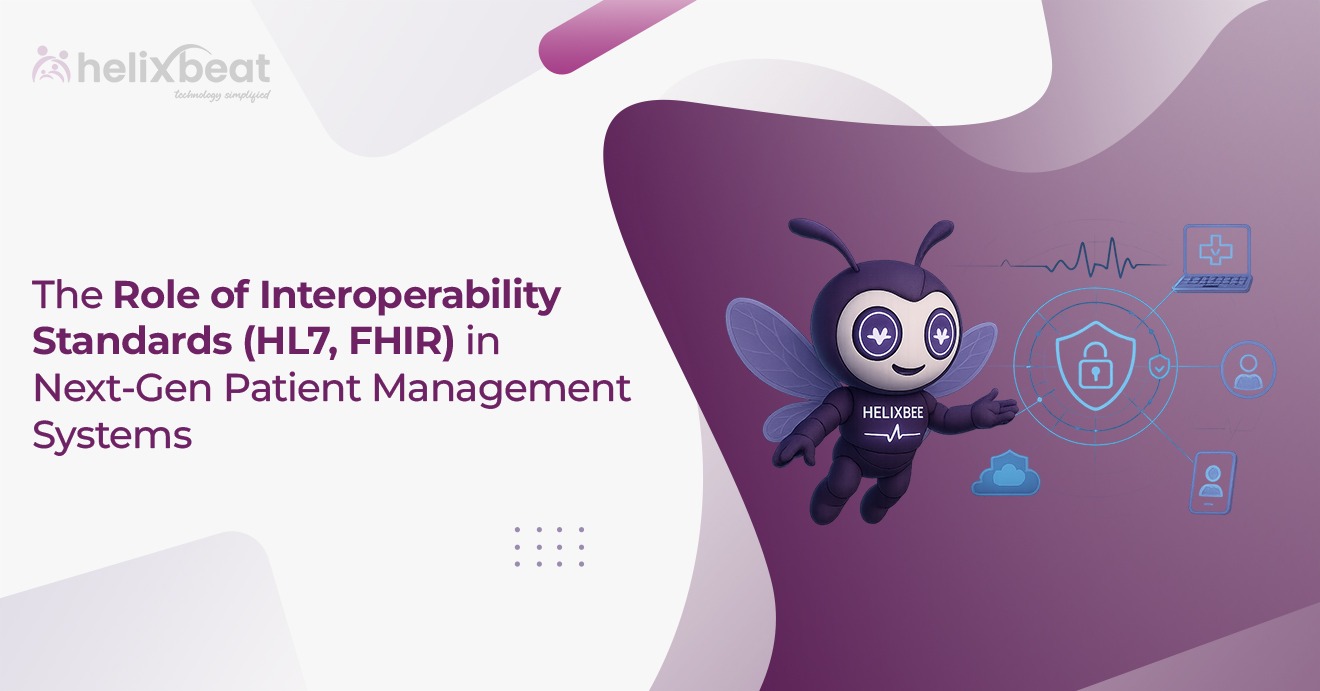A startup launched its much-anticipated web platform after months of development. Everything was riding on this release—customer onboarding, investor confidence, and market traction. But within 48 hours, reality hit. Users couldn’t complete basic actions, the app crashed under peak load, and the experience varied drastically across browsers.
This situation isn’t unique. Many businesses underestimate the importance of web application testing services until things break in production.
Web apps are the digital front door to your users. Whether it’s a banking portal, an e-commerce site, or a SaaS platform, expectations are sky-high. If your app isn’t secure, stable, fast, and compatible across environments, users leave—and often don’t return. That’s why robust web application testing must be a foundational part of your development lifecycle.
Let’s explore the best practices every QA team should follow—and how web application testing services can become a competitive advantage for your business.
Table of Contents
Why Are Web Application Testing Services Crucial Today?
Web applications operate in complex, dynamic environments, including:
- Multiple browsers (Chrome, Firefox, Safari, Edge)
- Varying screen sizes and devices
- Global user traffic patterns
- Constant feature updates and releases
With all these variables, web application testing services are essential to validate that your app delivers consistent performance, usability, and security for every user, every time.
Here’s what they help ensure:
- Functionality across platforms
- Performance under load
- Protection against data breaches
- Compliance with accessibility and security standards
- Seamless updates without regressions
Without proper testing, you’re essentially launching blind.
Best Practices for Web Application Testing Teams
Great testing begins with the right approach. These practices can help QA teams deliver reliable, secure, and high-performing web apps.
1. Define a Clear Web Testing Strategy
Before diving into test execution, QA teams need to outline a well-defined testing strategy. This includes setting clear objectives—whether you’re testing for functionality, user experience, performance, or all three. Identifying supported environments such as browsers, devices, and screen resolutions is equally important. Moreover, defining testing scope—such as critical user flows and third-party integrations—ensures no functionality is overlooked. A solid plan drives consistency and precision in web application testing.
2. Prioritize Functional Testing for Core Features
Functional testing ensures your application behaves as expected. It verifies whether navigation works, forms validate input correctly, and users can complete actions like login, registration, and payments. For example, if the “Add to Cart” button fails once, it could lead to a lost sale and trust. This is why web application testing services place a strong emphasis on validating key workflows early and thoroughly.
3. Use the Right Web Application Testing Tools
Choosing the right web application testing tools helps teams automate, scale, and maintain quality. Selenium remains a top choice for browser automation. Playwright is ideal for modern cross-browser testing, while TestComplete offers easy scripting through its record-and-playback functionality. Postman simplifies API testing. A dependable provider of web application testing services knows how to match tools with your tech stack and testing needs.
4. Automate for Speed and Consistency
Automation isn’t a luxury—it’s a necessity when releases are frequent. Automating regression test cases, executing them in parallel across browsers, and integrating them into your CI/CD pipeline reduces release cycles. Tasks like login, checkout, and user profile updates should be automated for consistent coverage. With help from a web application testing services company, you can build automation frameworks that are scalable and maintainable.
5. Don’t Skip Cross-Browser and Cross-Device Testing
Web applications must be responsive and compatible with all environments. This includes Chrome, Firefox, Safari, Edge, and mobile devices running iOS and Android. Screen sizes also vary, which means your UI must adapt seamlessly. A financial dashboard might work well on Chrome but fail on Safari if not tested properly. Comprehensive web application testing detects these issues early.
6. Load and Performance Testing Is a Must
User traffic can spike anytime. Load testing simulates real-world user traffic, stress testing pushes your app to its limits, and spike testing prepares it for sudden usage surges. Endurance testing measures how your app performs over time. With advanced web application testing tools like JMeter and LoadRunner, Helixbeat helps evaluate how your app performs under pressure.
7. Conduct Robust Security Testing
Security testing is essential to protect user data and app integrity. It checks for vulnerabilities like SQL injection, cross-site scripting (XSS), and insecure authentication. Web applications must also secure API access and encrypt data in transit. A SaaS platform that neglects these checks risks breaches and legal penalties. Web application testing services help fortify your app before launch.
8. Don’t Overlook Accessibility Testing
Web apps must cater to all users, including those with disabilities. Accessibility testing focuses on keyboard navigation, ARIA labels, screen reader support, and color contrast. This not only improves user experience but also ensures compliance with standards like WCAG and ADA. Inclusivity is no longer optional—it’s a legal and ethical necessity.
9. Always Include Regression Testing
Even small updates can cause bugs. Regression testing verifies that new code doesn’t negatively impact existing features. Maintaining a regression test suite helps detect issues early. A dedicated web application testing team keeps this suite up to date as your product evolves, maintaining consistent performance and functionality.
10. Continuous Testing in Agile and DevOps
Web apps are often updated weekly, if not daily. Integrating continuous testing into Agile and DevOps workflows means automated tests run on every code change. Real-time feedback allows developers to fix bugs before they escalate. This leads to faster releases and higher quality—key outcomes of a mature web application testing process.
How Helixbeat Delivers Excellence in Web Application Testing Services?
Helixbeat’s Testing as a Service (TaaS) offering combines flexibility with performance to meet all your testing needs. Here’s why businesses rely on Helixbeat:
- 99% Bug Detection Rate – Prevents post-release breakdowns.
- 25% Faster Time-to-Market – Enabled by agile testing practices.
- 20+ Powerful Testing Tools – Including Selenium, JMeter, Appium, and TestNG.
- Custom Testing Across Industries – Tailored QA for fintech, healthcare, e-commerce, and SaaS.
- Flexible Engagement Models – Choose from dedicated teams, on-demand testers, or fully managed QA solutions.
Whether you need support scaling QA during peak development or a long-term partner to manage your test cycles, Helixbeat delivers both value and reliability.
How to Choose the Right Web Application Testing Partner?
Looking for a web application testing services provider? Start by asking the right questions:
- Do they specialize in your domain (e.g., fintech, healthcare, or e-commerce)?
- Can they offer both manual and automation testing?
- What web application testing tools do they use?
- How do they track key metrics like bug leakage and test coverage?
- Can they scale alongside your product as it grows?
A reliable partner like Helixbeat checks all these boxes and empowers your QA team to continuously improve and deliver high-quality software.
Final Words
A flawless user experience doesn’t just happen—it’s the result of rigorous testing. With the right web application testing services, your QA team can:
- Catch bugs before users encounter them
- Ensure performance under real-world loads
- Protect sensitive data through secure coding practices
- Deliver faster releases without introducing new issues
- Maintain consistency across devices and browsers
For businesses building digital products in competitive markets, QA isn’t just a phase—it’s an ongoing strategy. And having the right partner makes all the difference.
Looking to reduce bugs, accelerate launches, and build user trust? Helixbeat’s web application testing services deliver the people, tools, and processes to help you succeed.

FAQs
1. What is web application testing?
It’s the process of evaluating a web app’s functionality, performance, security, and compatibility before it’s released to users.
2. Why do I need web application testing services?
They ensure your app works seamlessly across browsers, devices, and real-world usage scenarios, improving user satisfaction and trust.
3. Which tools are used in web application testing?
Popular tools include Selenium, Playwright, JMeter, TestNG, Postman, and LoadRunner.
4. What types of testing are included in web application testing services?
Functional, performance, security, usability, compatibility, accessibility, and regression testing are typically covered.
5. How is manual testing different from automated testing?
Manual testing is performed by QA engineers, while automated testing uses tools to run test scripts quickly and repeatedly.
6. What is cross-browser testing?
It checks whether your app works consistently across various browsers like Chrome, Firefox, Edge, and Safari.














